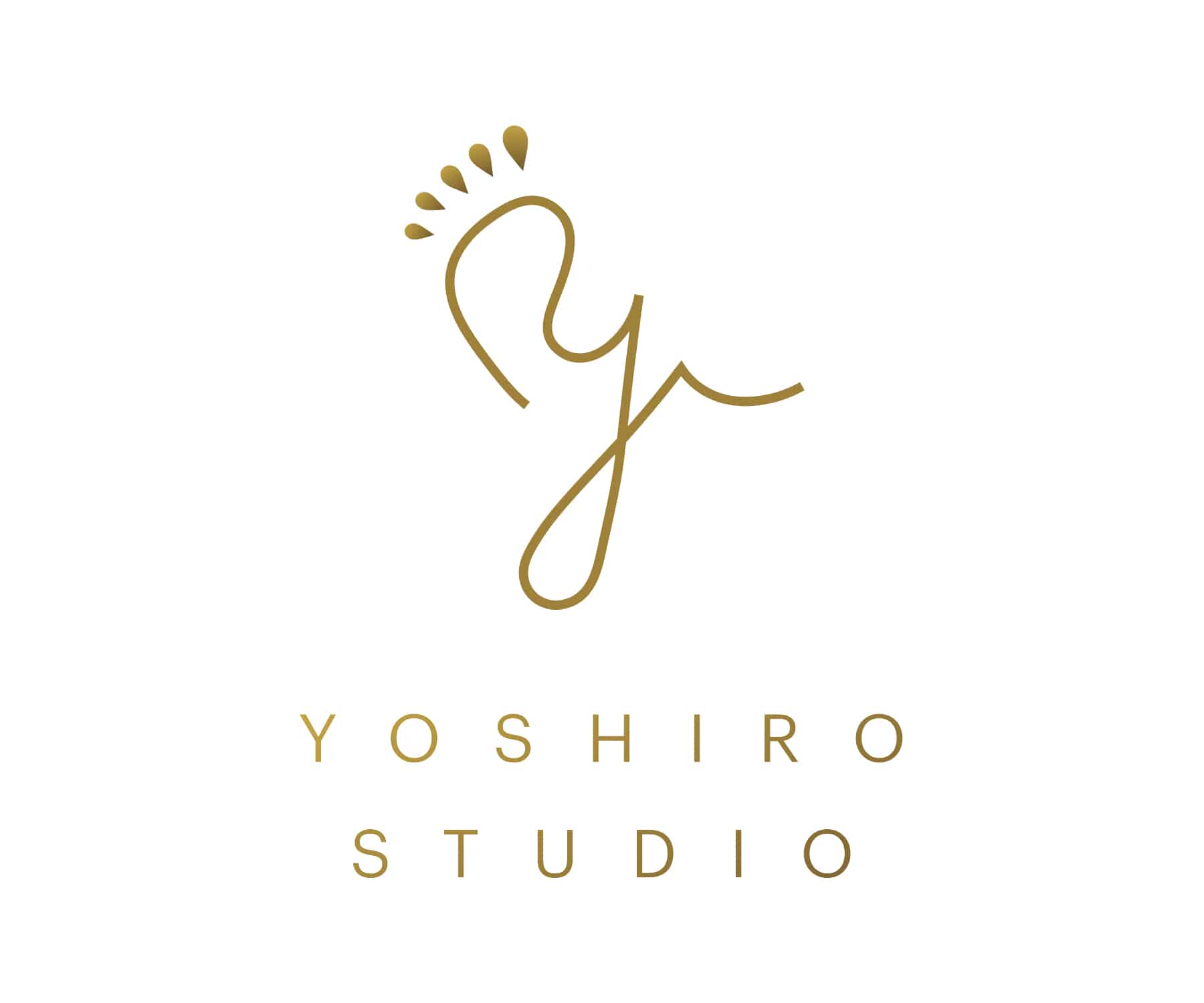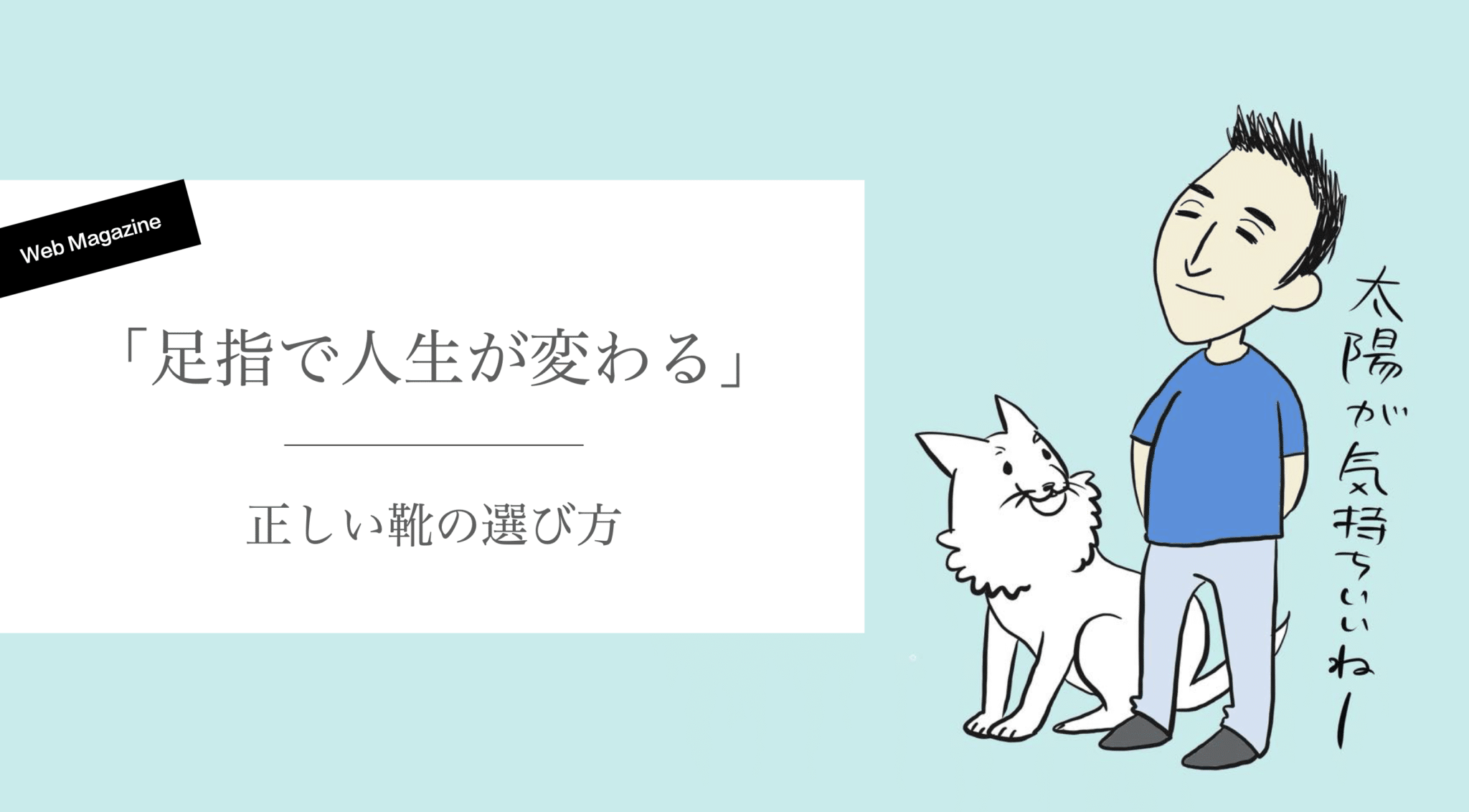足指ドクターによる解説

YOSHIRO YUASA
湯浅慶朗
理学療法士(Physiotherapist)、足指博士、足指研究所所長、日本足趾筋機能療法学会理事長、ひろのば体操・YOSHIRO SOCKS・ハルメク靴開発者。元医療法人社団一般病院理事・副院長・診療部長。専門は運動生理学と解剖学。足と靴の専門家でもあり、姿勢咬合治療の第一人者でもある。様々な整形疾患の方(10万人以上)を足指治療だけで治してきた実績を持つ。東京大学 石井直方 名誉教授の弟子でもある。
皆さんは、学校や靴屋さんで靴を買ったときに、靴の履き方や選び方を習いましたか。ほとんどの方は、「自分なり」に選んだり、履いたりしていると思います。自動車を運転するときは、自動車教習所に通い運転免許所証を取りに行きますよね。そうでなければ、道路には出られないし、出たとしてもすぐに交通事故を起こしてしまいます。
では靴はどうでしょうか。今からおよそ100年前に靴の文化が西洋から入ってきました。しかし誰も靴の履き方や選び方を教えていません。靴の履き方を知らなくても人を殺めてしまうことはありませんが、自分自身を傷つけてしまう可能性は十分にあります。靴さえ履かなければ足指が曲がることはありませんが、現代は靴を履く文化ですから、仕事をするうえでは切っても切り離せないものです。
足にやさしそうな、やわらかい靴を履いている
足指が変形するいちばんの原因は、靴の選び方と履き方にあります。
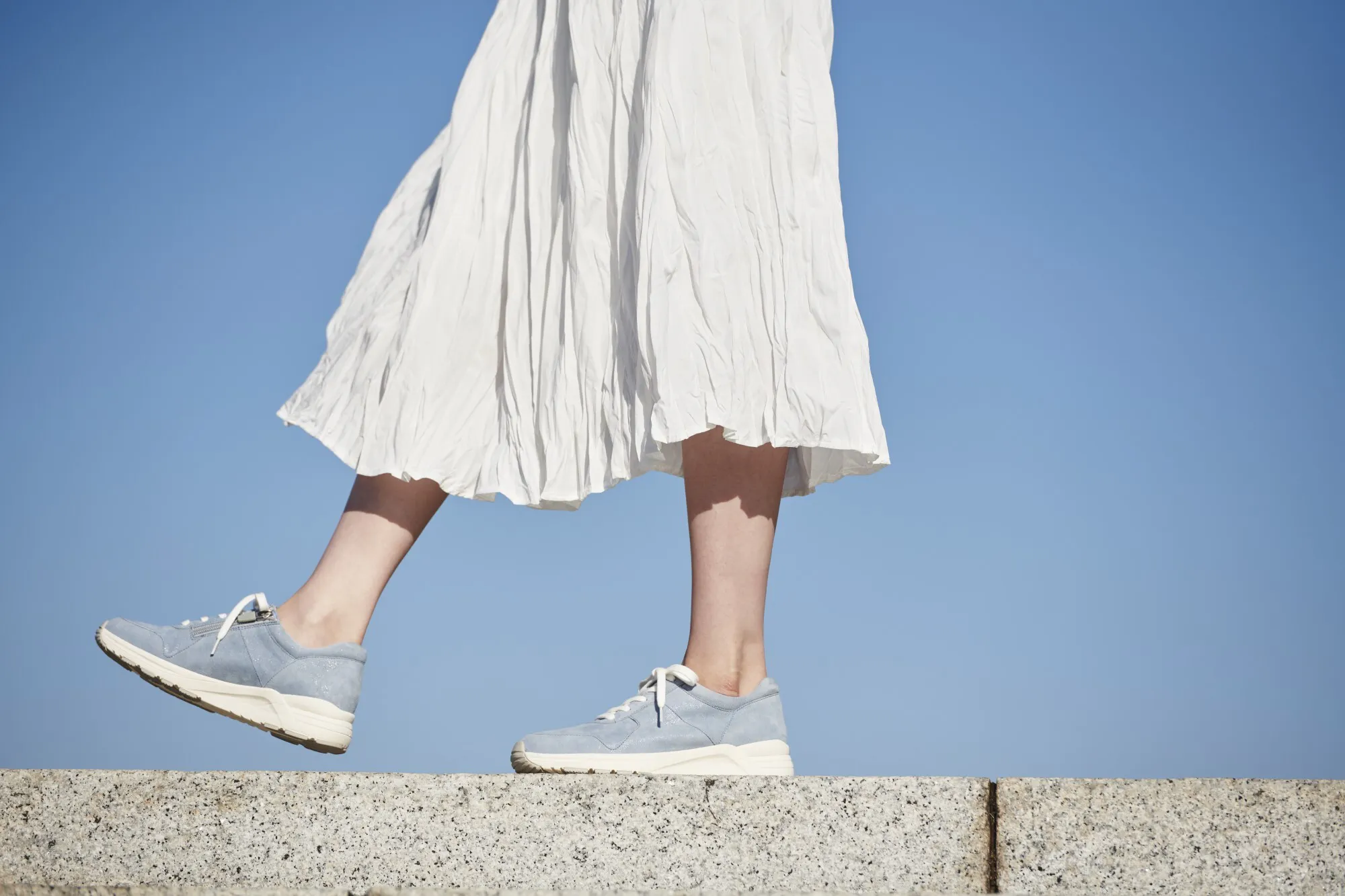
ひざや腰に痛みを抱えている患者さんや年配の方の多くは、自分の足のサイズよりも大きめの靴や、ふにゃふにゃとやわらかくて足にやさしそうな靴を履いています。そのほうが、履きやすいし、ラクなのでしょう。 しかし、一見、足腰が悪い人にやさしそうな靴は、実際、足にはまったくやさしく ありません。それどころか、あなたの足をどんどん「歩けない足」に変えてしまっているのです。
足よりも大きなサイズの靴ややわらかい素材の靴を履いて歩くと、靴の中で足が前方へすべったり、かかとがパカパカしたりして安定しません。 すると、それを防ごうとして、足指にギュッと力が入ります。実は、これが足指の変形を生んでしまいます。 浮き指・屈み指・寝指も、靴の中で足がすべり、無意識に踏ん張る動作をすることで起こります。つまり、足指が変形するのは、足に悪い靴を履かされた足が、がんばって立つようにした結果なのです。
ひも靴を履いたら、みるみる症状が改善した
足指の変形を防ぐために最も効果的な方法は、足のかかとを固定すること。 かかとをしっかりとまっすぐな状態に保てると、靴の中で足がすべらず、安定する ようになります。 かつて私が理学療法士として病院で働いていたときのこと。まだ、足指の変形が万病の元であることに気づく以前の話です。
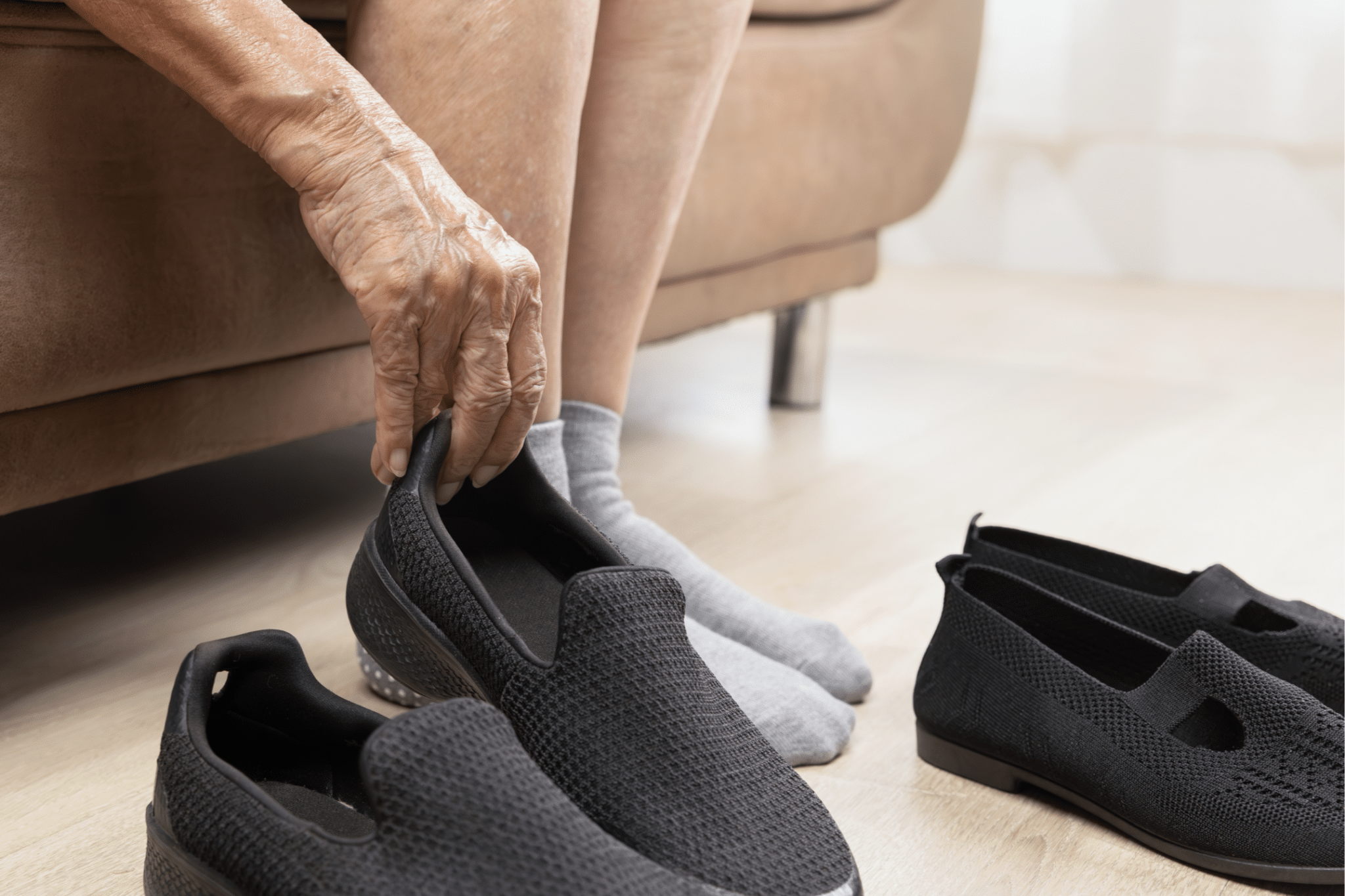
足腰が悪く、リハビリをしている患者さんには、履くのがラクな「介護シューズ」 (着脱がかんたんなやわらかい靴。介護の現場ではよく使われる)をすすめていました。しかし、症状は悪化するばかり。ますます歩くのが困難になっていきました。 当時の私には、なぜ悪化するのか、さっぱりわかりませんでした。 そんなある日、私が患者さんの介護シューズを試しに履いてみたことがありました。
すると、足がすべって、ものすごく歩きにくい......。 「これはよくないぞ」と思った私は、患者さんにひも靴を履いてもらうようにしました。すると、不思議なことに、患者さんの症状が改善に向かっていったのです。当時はまだ足のかかとを固定することの大切さについてわからないこともたくさんありましたが、その後、たくさんの症例を見ていくうちに、「靴そのものに痛みの元凶がある」と確信していったのです。
足を変形させない靴選びの5つのポイント
靴の中で足指がすべったり、靴がゆがんだりしなければ、足は変形しません。足を変形させないための靴選びのポイントは、5つあります。
1.ひも靴が最適
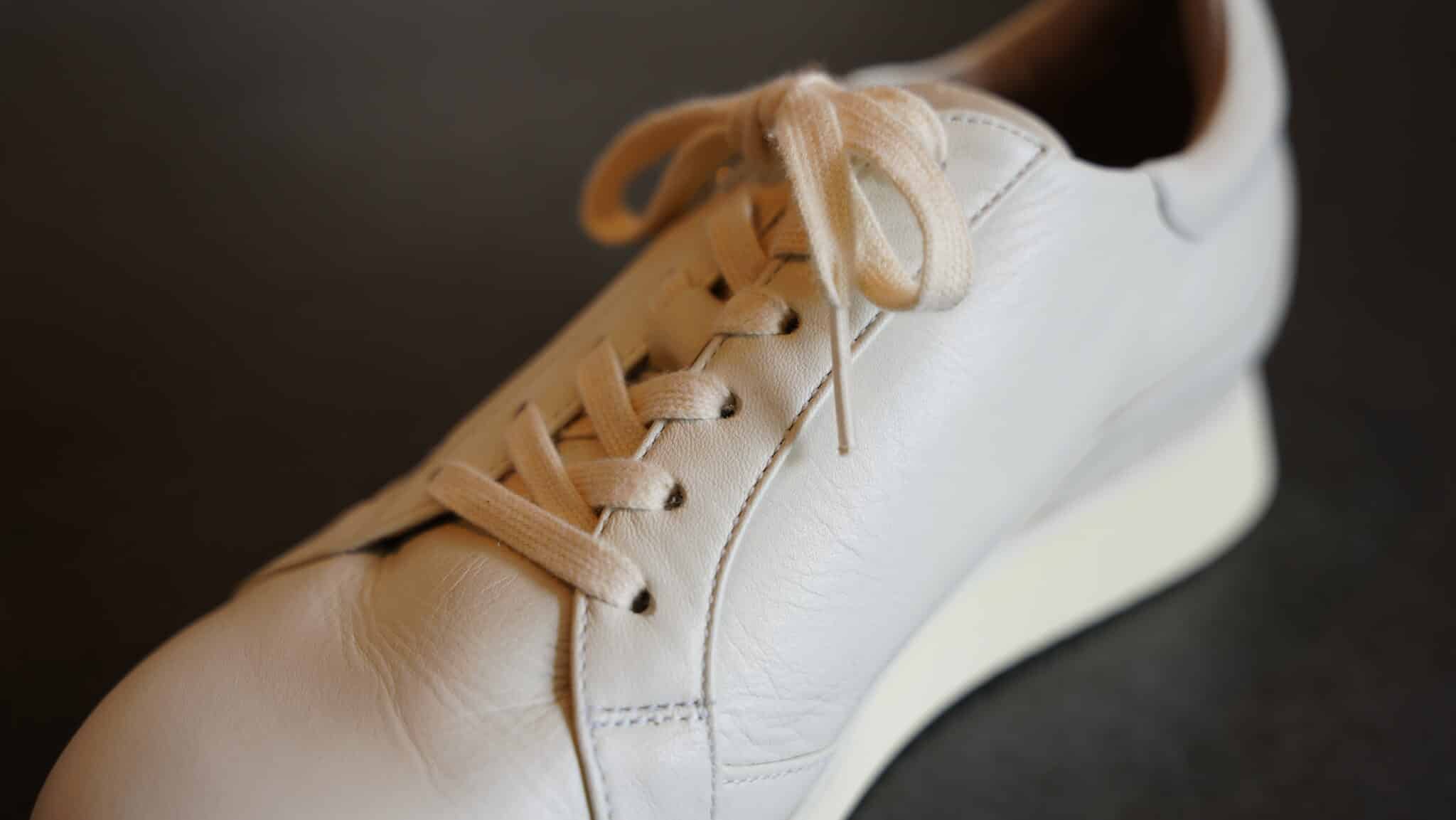
折り返しのないマジックテープやチャック(ジッパー)を締めるタイプの靴や、靴ひもを結ぶ必要のないローファー(スリッポン)などは、あまりおすすめできません。 とくに、足腰に痛みのある人が靴を選ぶときは、こうした足が不安定になるものよ りも、しっかりとかかとを固定できるひも靴が最適です。なかでも、ひもを通す穴が 5つ以上あるのが理想。
ただし、子ども用の靴で、ひも靴は少ないですよね。そんなときは、折り返しのあるマジックテープタイプの靴を選びましょう。折り返してぎゅっと締められるタイプ であれば、十分に足元を固定できます。
2.靴ひもは「平ひも」のほうがよい
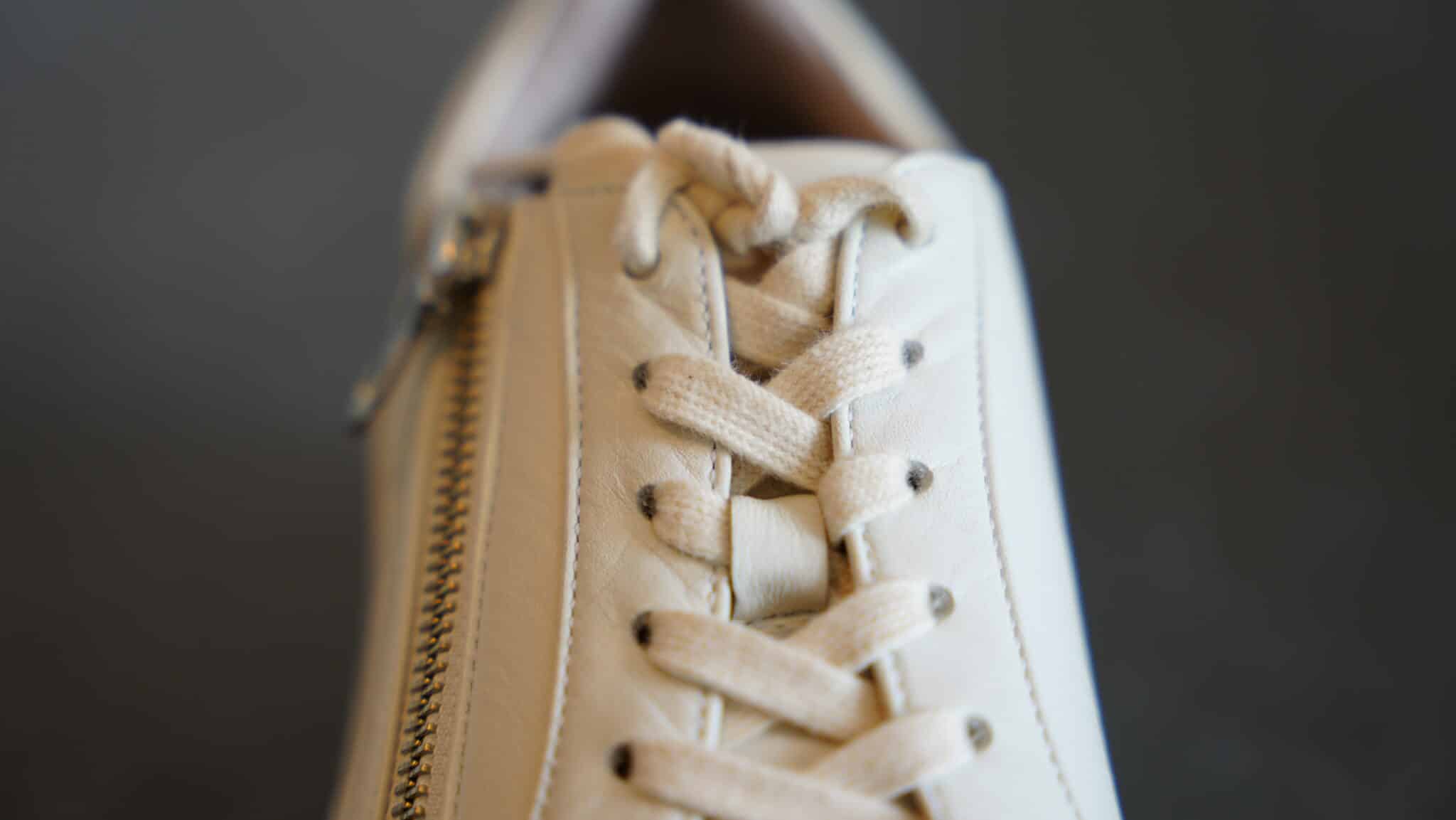
靴ひもには、大きく分けて丸ひもと平ひもの2種類がありますが、平ひもは面全体で締めつけるので、安定性が高くなり、足が靴の中ですべるリスクが低くなります。 ちなみに、素材には、純綿と化学繊維がありますが、伸縮性が低く、ずれにくい純綿のほうがおすすめです。
3.靴は、かかとがしっかりしているものを
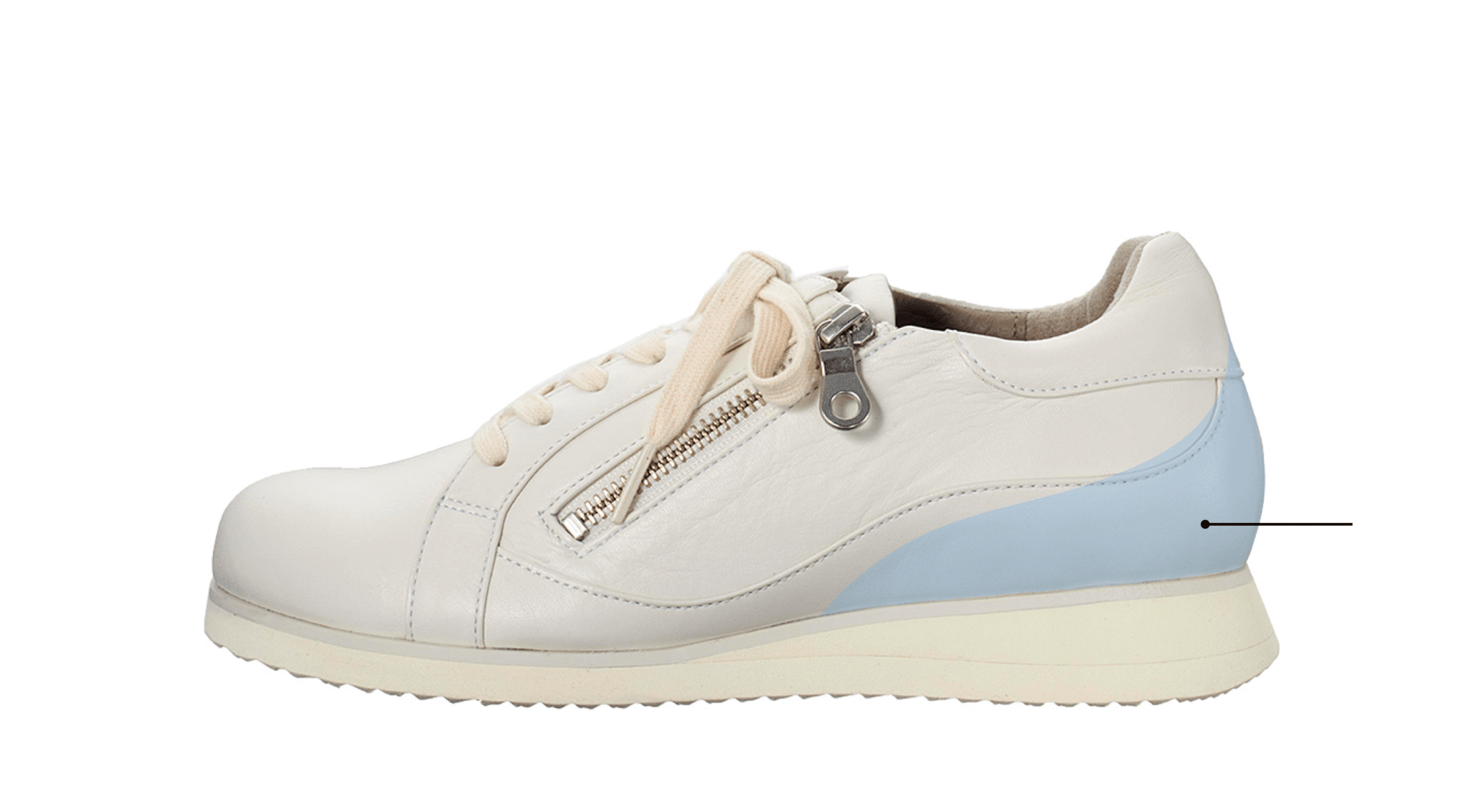
革靴、スニーカー、パンプス、いずれの場合も、かかとがふにゃふにゃとやわらか いと、靴の中のかかとが安定しません。ヒールカウンターと呼ばれるかかとの芯が硬 くて、長いものを選びましょう。
4.かんたんにねじれない靴を選ぶ
足指で踏ん張れない人が、やわらかい靴を履いて歩くと、足が曲がり、体がゆがみやすくなります。靴底に「シャンク」と呼ばれる鉄やプラスチック素材の芯が内蔵されている靴は、かんたんにはねじれません。
5.靴の中で足指が動くものを
手の指がものをつかんだり握ったりすることによって握力がつくように、足指も動かすことによって筋肉がつきます。 もし靴のつま先に余裕がなく、足指が動かせないと、地面をつかんだり、けったり といった基本動作ができないので、足裏の筋肉は落ちていきます。 また、外反母趾や開張足、偏平足などの原因にもなります。
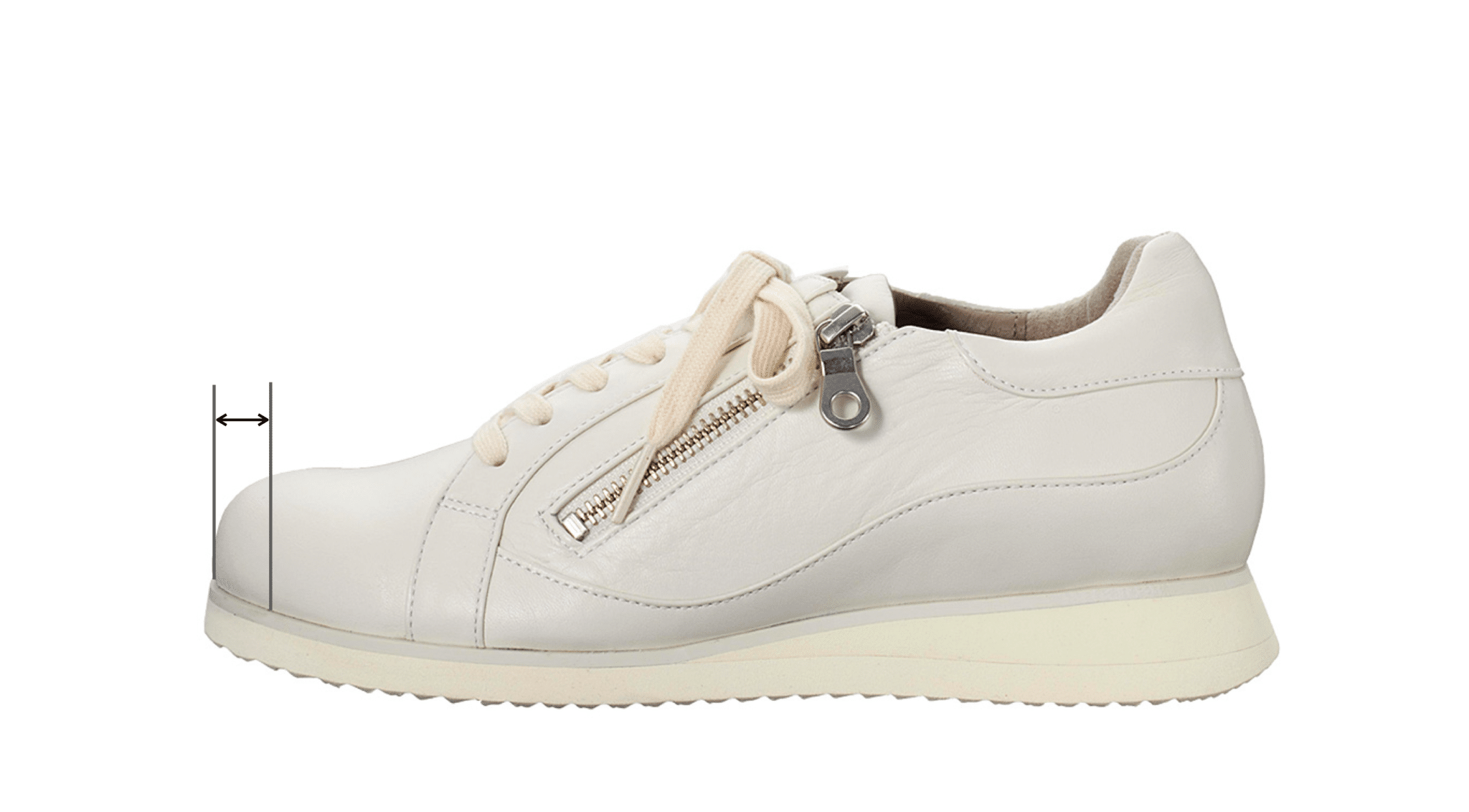
したがって、靴のつま先部分はすこしだけ余裕をもたせるのがポイントです。指1 本分(1〜1.5センチ程度)のスペースがあれば、足指が伸びて自由に動かすことができます。
靴を選ぶときは、靴の中から中敷きを取り出して、実際に足を乗せてみましょう。親指から小指まですべて乗り、足先に手の指1本分の余裕があればOK。 反対に、足指がはみ出していたら、スペースが足りない証拠です。この機会に、足のサイズを改めて測ってみましょう。自分で思い込んでいたサイズと実際のサイズが異なるということはよくありますし、左右でサイズが違うこともあ ります。
 YOSHIRO
YOSHIRO紹介した5つの点に気をつけて靴を選ぶと、足がすべることなく、足指を適切に動 かすことができます。 実際、私のクリニックの患者さんのなかにも、やわらかくふにゃふにゃの靴をやめ て、かかとのしっかりしたひも靴に変えただけで、ひざの痛みがなくなったり、杖が 不要になったりした方が、たくさんいらっしゃいます。 とはいえ、オシャレな靴を履きたいときもあるでしょうし、仕事で履く靴が決めら れている場合もあるかと思います。 そのような人は、先の5つの条件を満たした「メンテナンスシューズ」を用意しておきましょう。
帰宅後、くたびれた足をメンテナンスするためです。5分くらいメンテナンスシューズを履いて歩き、「ひろのば体操」をすれば、好き な靴を履きながら、足指の変形を防ぐことができます。
インソールはフルフラットなものを選ぶ
インソールで大切なのは形状ではありません。滑るか滑らないかです。多くのインソールは表面が化学繊維になっているので、滑りやすい素材ということになります。そのため、インソールは交換することをオススメします。もちろんご自身で豚革を表面に貼るということも有効なのですが、豚革の材料費が高いということもあるので、現在はNBのサポーティブリバウンドインソール35689をオススメしています。
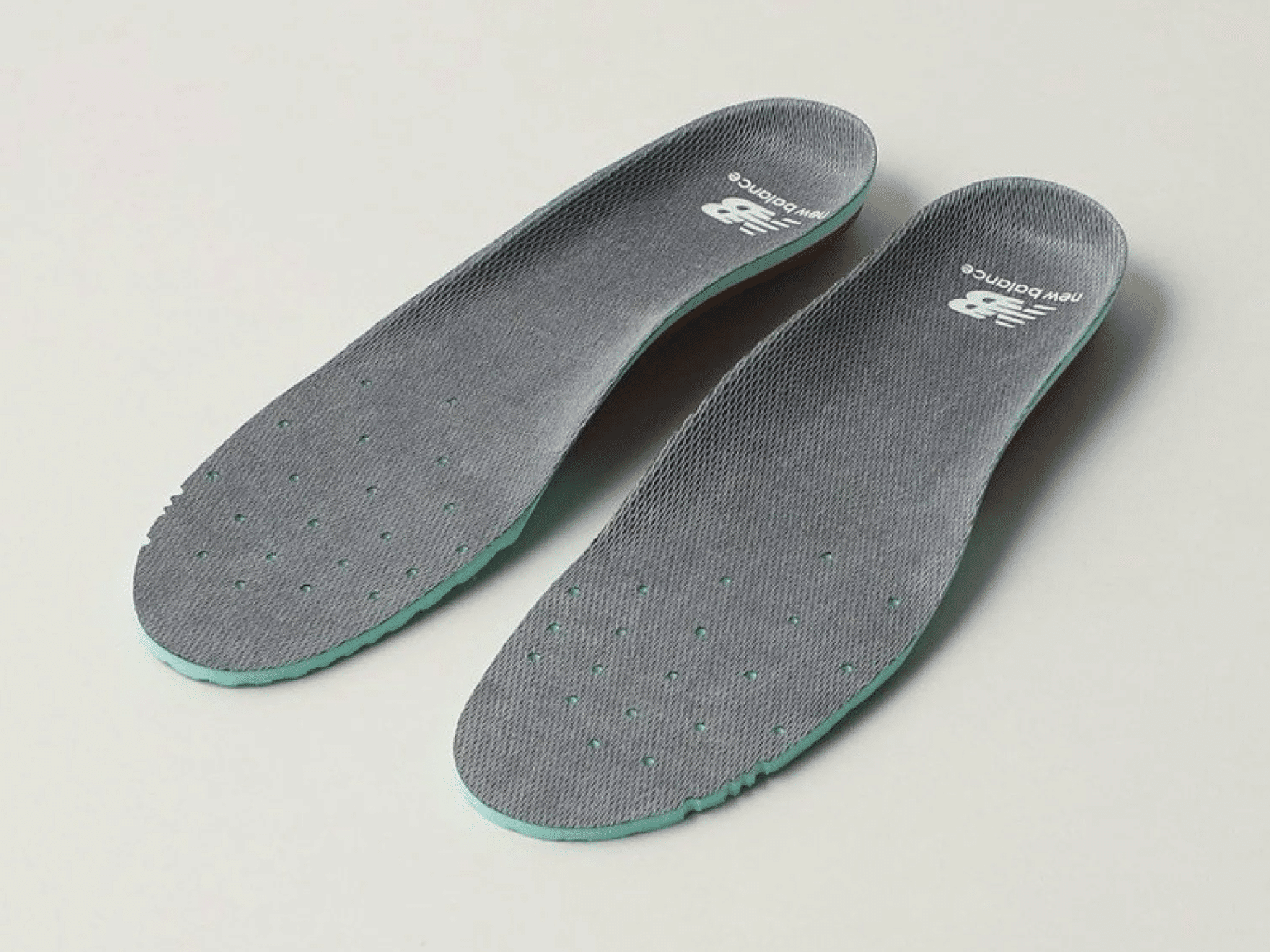
ポイントを押さえた靴選びをして、「足」の習慣を変えよう
足が変形している人に共通していること。それは、「靴の変形」です。 意外なことに、靴を履くときに多くの人がかかとを踏んでいます。なかには、つま先を地面にトントンと叩き、なかば強引に履く人も......。 靴のかかとを踏んづけて、芯が曲がってしまうと、もう元には戻りません。 そのような乱暴な履き方をしていると、かかとが崩れ、靴が変形してしまいます。 靴が変形すれば......そう、足も同じように変形するんです。 かかとを踏むクセがある人は、今日からやめましょう!
靴を履くときに、靴べらを使う
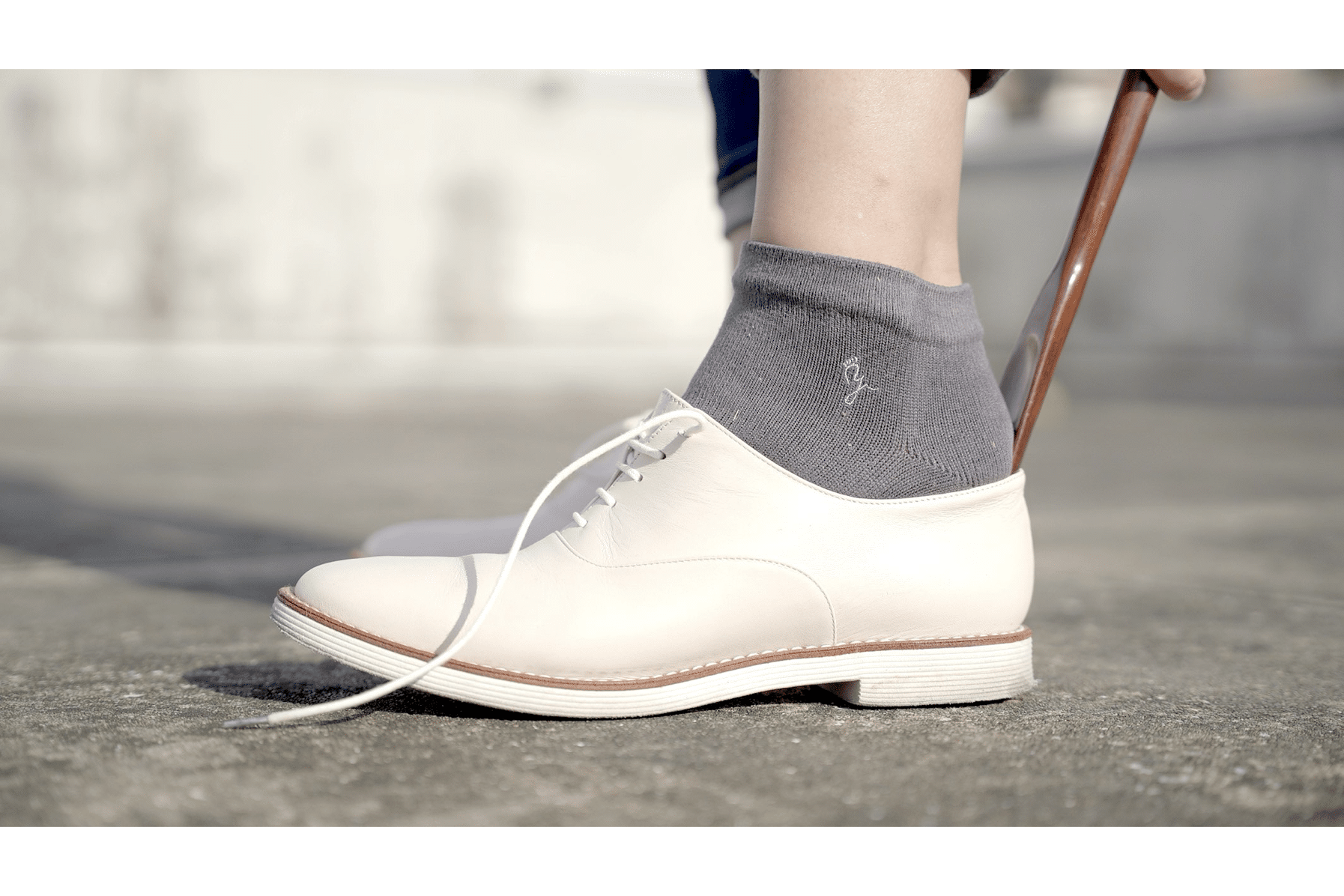
靴を履くときのポイントは、「靴べら」。靴べらは、「靴を履きやすくする」ためのアイテムでもありますが、「靴のかかとの崩れを防ぐ」という役割ももっているのです。 私は、外出先でも携帯用の靴べらを使って履きます。それもないときは、クレジッ トカードや名刺を靴べらの代わりに用いることも。履くときの摩擦を防ぐことができ れば、靴のかかとを守ることができます。 また、靴べらを使えば、靴はおのずと長持ちします。せっかく気に入って買った靴 ですから、長持ちしたほうがいいですよね。 家に靴べらがないという人は、100円ショップなどでも売っているので、家に常 備しておくといいでしょう。
正しく履いて、足指を最大限に使おう
靴べら以外にも、正しい靴の履き方にはポイントがあります。 靴は、立った状態で履くのが基本。
とくに、ひも靴などは、ほとんどの人は、座った状態で履くのではないでしょうか。でも、これ、足指にはNGの習慣です。 なぜなら、座った状態と立った状態では体重のかかり方が違ってくるからです。 座ったままだと体重が乗らないので、足のアーチ(甲)が高くなります。そのまま 体重をかけないで靴ひもを結ぶと、立ちあがったときにアーチが下がり、靴ひもがゆ るんでしまいます。
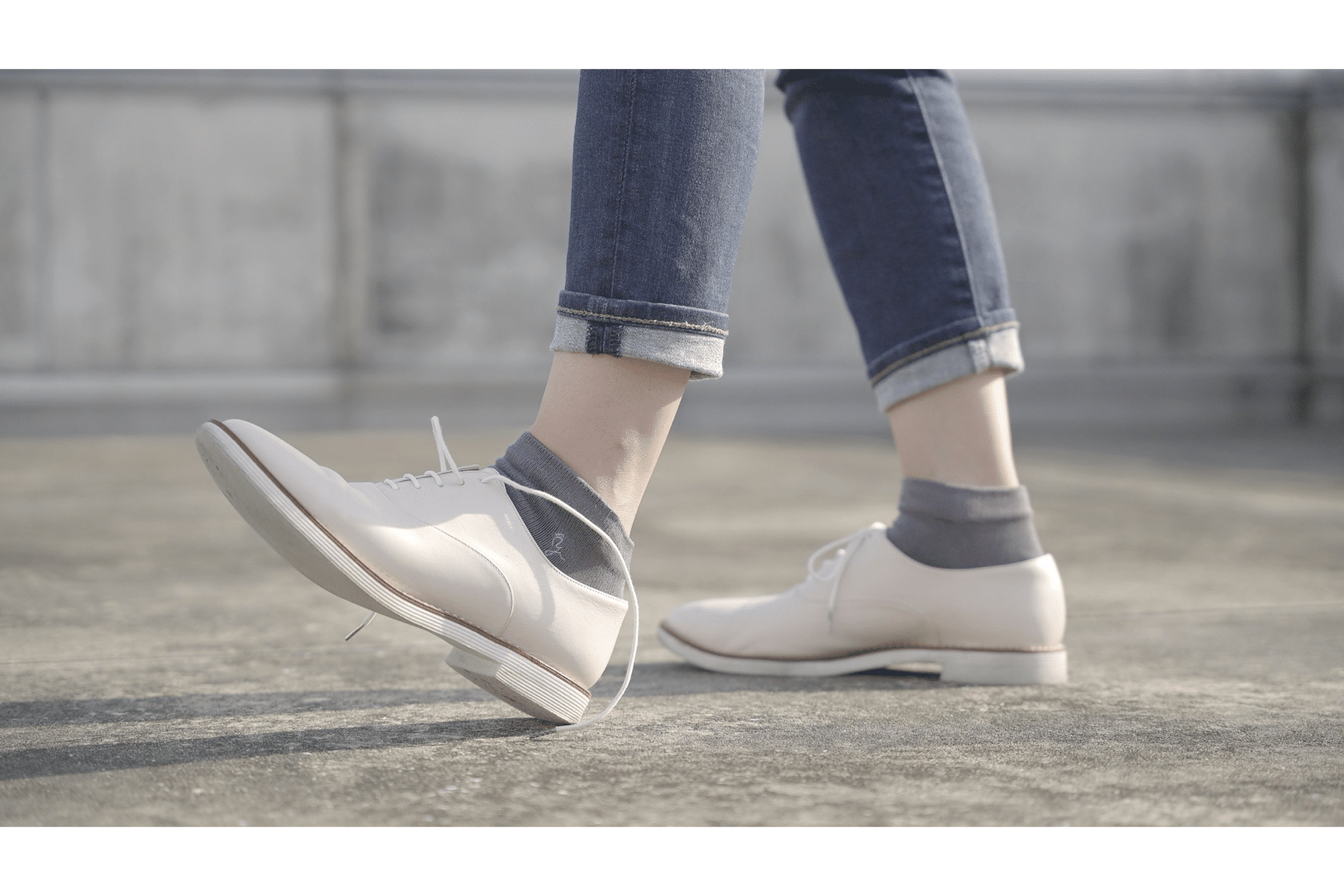
正しい靴の履き方は、立った状態で靴べらを使って履いたら、かかとを靴にピタッ と密着させ、靴を正しい位置に合わせます。このとき、かかとを地面に軽くトントン と叩くようにするとうまくいきます。 そうしたら、地面に片ひざを立て、足に体重が乗るようにします。そのままの状態 で靴ひもを結ぶと、きっちりと足が固定されます。
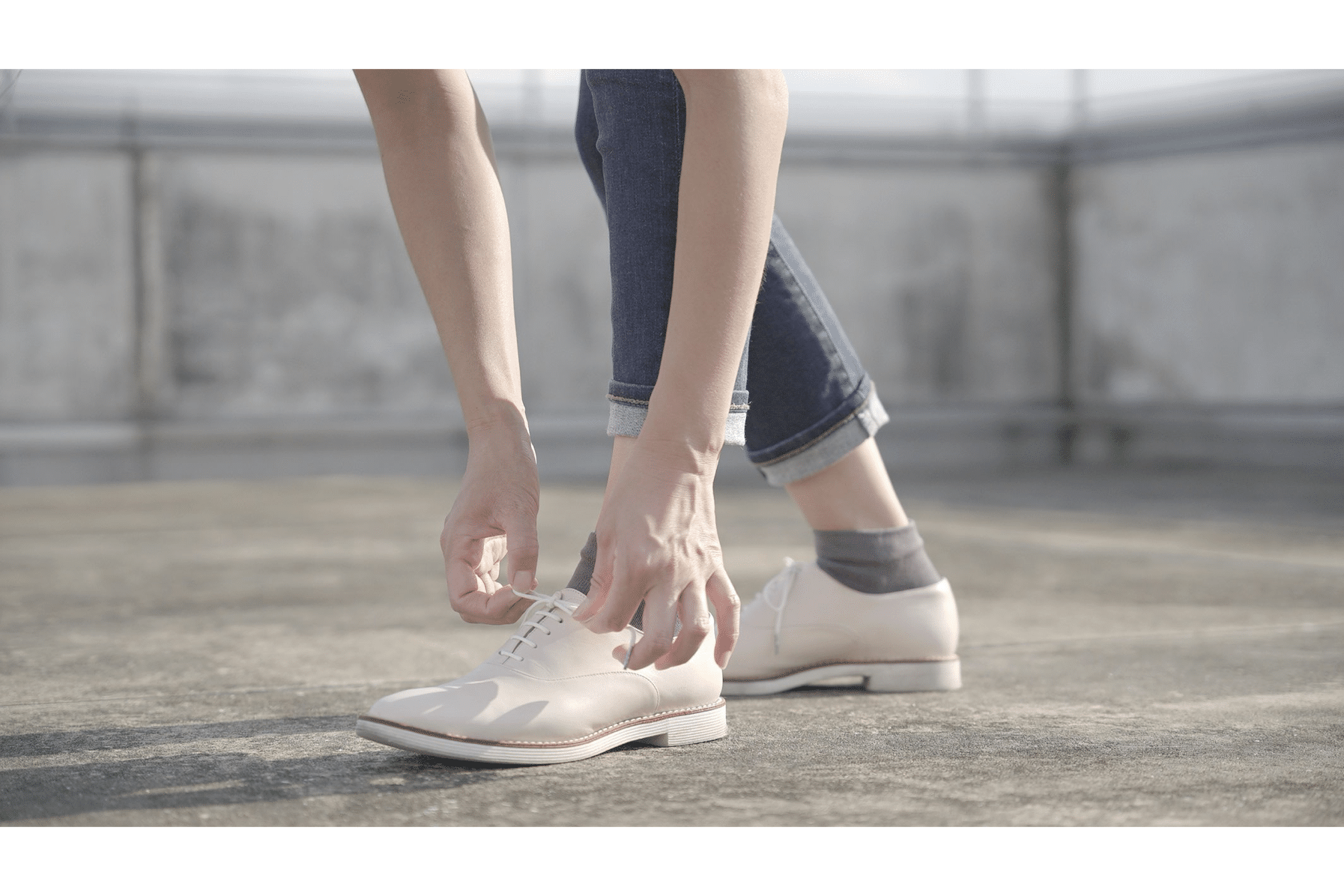
靴ひもを結ぶときは、つま先に近いほうからしっかりと通していきます。このとき、靴ひもは穴の外側から内側へ通していくのがポイント(くわしくは動画でご紹介しています)。下から上に通す場合よりも、甲の部分がきっちり固定できます。 なお、甲の部分さえしっかり固定できれば、靴の上部のひもが多少ゆるくても、足 が靴の中で動いてしまうようなことはありません。 靴を脱ぐときも、かかとが崩れないように気をつけましょう。座ってひもをゆるめてから、かかとの部分を持ってそっと脱ぐと、靴が長持ちします。
靴が変形している人は、足も変形している
履く方向から靴を見て、足の甲にまっすぐシワが入っていれば正常ですが、ハの字 にシワがついていたら、内股でX脚。また、Vの字にシワがついていれば、がに股のO脚です。 とくにシワが多くついている足のほうが傾いていて、負担も大きくなります。 靴のかかとの減り方でもわかります。外側が減っている人は、がに股のO脚、内側が減っている人は、内股のX脚。左右で減り方に違いがある場合は、より減っているほうの足が傾き、大きな負担がかかっています。 また、靴を真上から見たときに、内側に靴がゆがんでいればX脚、外側に靴がゆが んでいればO脚の傾向があります。
ハルメク靴「YOSHIRO MODEL」は全ての機能を備えたオールマイティー靴
Halmekと共同開発し、私自身の理想の靴を形にしたハルメク靴。その中でも『YOSHIRO MODEL」は、日本の工場で職人の手作業によって作られ、全てが日本製というのも特徴です。履き心地に定評のあるサイドファスナースニーカータイプ「YOSHIRO MODEL」がフラッグシップモデルとして誕生しました。
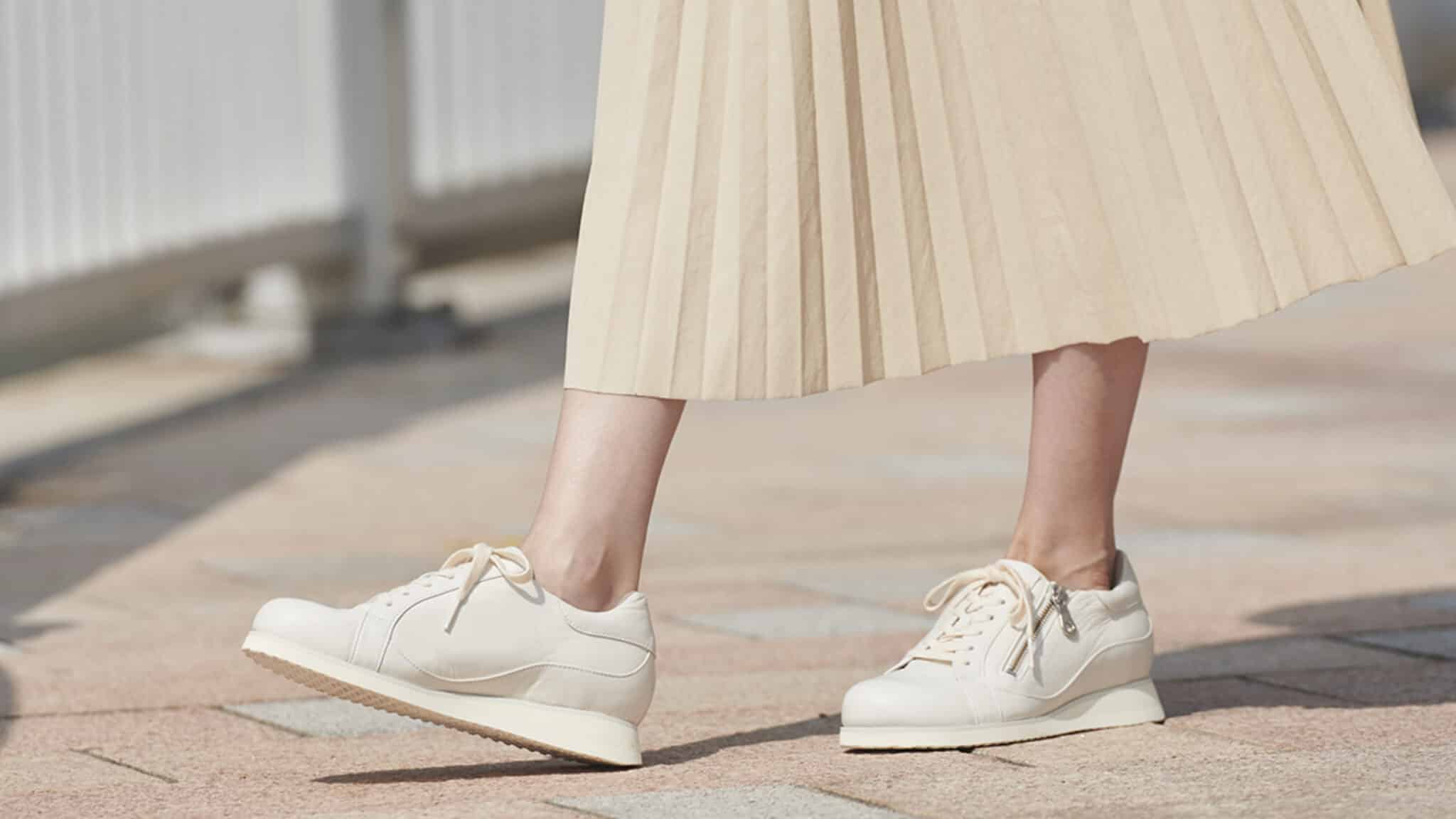
革新的なシューズコンセプト「ずっと自分の足で歩ける靴」を確立させ、機能性を優先したシューズづくりの姿勢は、この先も決して変わることはありません。日本伝統の靴作りの技術を継承しながらも最新のテクノロジーを集結し、よりよいフィット性を追求しています。
